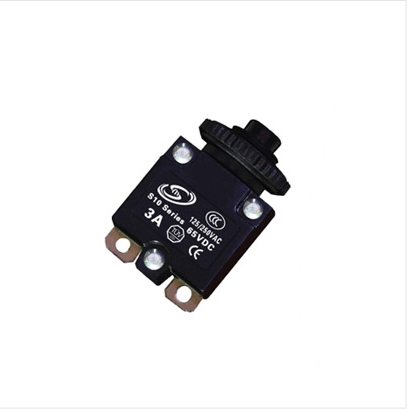Understanding Butyl Seal Putty Tape An Essential Tool for Sealing and Repairing
In the world of construction and maintenance, efficiency and reliability are paramount. One of the standout products that has gained popularity in sealing and repair applications is butyl seal putty tape. This versatile tape offers a range of benefits that make it indispensable for both professionals and DIY enthusiasts. In this article, we will explore what butyl seal putty tape is, its applications, advantages, and some tips for effective use.
What is Butyl Seal Putty Tape?
Butyl seal putty tape is a type of adhesive backing tape made from butyl rubber, a synthetic rubber known for its excellent sealing and adhesive properties. The tape is typically sticky on one side, allowing it to bond effectively to various surfaces, while the other side remains smooth. It is available in various widths and thicknesses, catering to different sealing needs.
Applications of Butyl Seal Putty Tape
Butyl seal putty tape is incredibly versatile and can be utilized in a myriad of applications, including
1. Roof Repairs Butyl seal tape is widely used in roofing applications to seal seams, flashing, and leaks. Its waterproof characteristics make it an ideal choice for materials like metal, shingles, and EPDM rubber membranes.
3. Automotive Applications Butyl seal tape is utilized in automotive manufacturing and repairs to seal windshields, windows, and other parts, providing a watertight and airtight seal.
4. Construction From sealing windows and doors to preventing moisture ingress in walls, butyl tape is essential in construction projects. Its flexibility allows it to conform to irregular surfaces, ensuring a tight seal.
5. Electronics In the electronics industry, butyl tape is used to encapsulate components, offering protection against water and dust while providing insulation.
Advantages of Butyl Seal Putty Tape
butyl seal putty tape

1. Water Resistance One of the primary advantages of butyl seal putty tape is its excellent water-resistant properties, making it ideal for exterior applications where moisture is a concern.
2. UV Stability Unlike many other adhesives, butyl tape exhibits good resistance to ultraviolet light, which means it won't degrade or lose effectiveness when exposed to sunlight over time.
3. Flexibility The elasticity of butyl rubber allows the tape to adapt to movements and changes in temperature, providing a long-lasting seal that resists cracking or breaking.
4. Easy to Apply Butyl seal putty tape is easy to work with. It requires minimal tools—usually just a pair of scissors for cutting. Simply peel off the backing and apply it directly to the surface.
5. No Mess Unlike liquid adhesives or sealants, butyl tape minimizes mess during application, making cleanup easier and faster.
Tips for Effective Use
1. Surface Preparation For optimal adhesive strength, ensure the surface is clean, dry, and free from dust, oil, or grease.
2. Temperature Considerations While butyl tape performs well across various temperatures, applying it in moderate conditions can enhance adhesion.
3. Overlap Edges When sealing seams, overlap edges for enhanced waterproofing to ensure durability and reliability.
4. Press Firmly After application, press the tape firmly onto the surface to activate the adhesive and ensure a tight seal.
Conclusion
Butyl seal putty tape is an invaluable resource for anyone involved in construction, repair, or maintenance. Its durability, flexibility, and ease of use make it a preferred choice for a wide variety of sealing applications. Whether you're a contractor working on a major project or a homeowner tackling home repairs, having butyl seal putty tape in your toolkit can save you time and ensure a job done right. With its unique combination of features, this tape proves that sometimes, the simplest solutions are the most effective.
-
XIANGFAN Rubber Tape-Ultimate Solutions for All Your Insulation NeedsNewsJun.24,2025
-
XIANGFAN Rubber Tape-Protection for Industrial and Residential ApplicationsNewsJun.24,2025
-
XIANGFAN Rubber Tape: Superior Safety and Sealing for Demanding EnvironmentsNewsJun.24,2025
-
XIANGFAN Rubber Tape: Reliable Solutions for Every Electrical ChallengeNewsJun.24,2025
-
XIANGFAN Electrical & Industrial Tape: Powering Reliability Across IndustriesNewsJun.24,2025
-
XIANGFAN Electrical & Industrial Tape: Excellence in Every ApplicationNewsJun.24,2025
